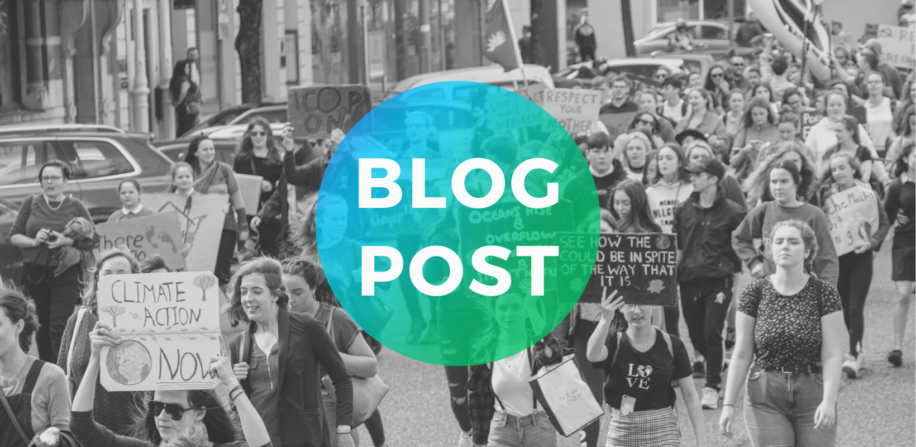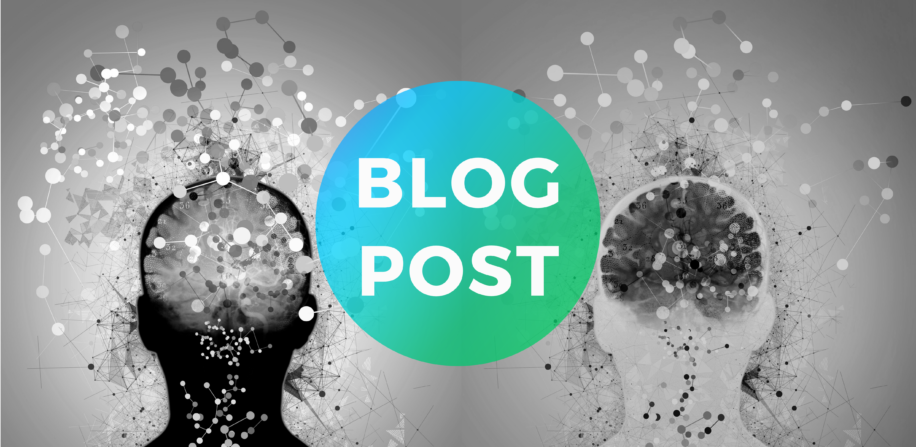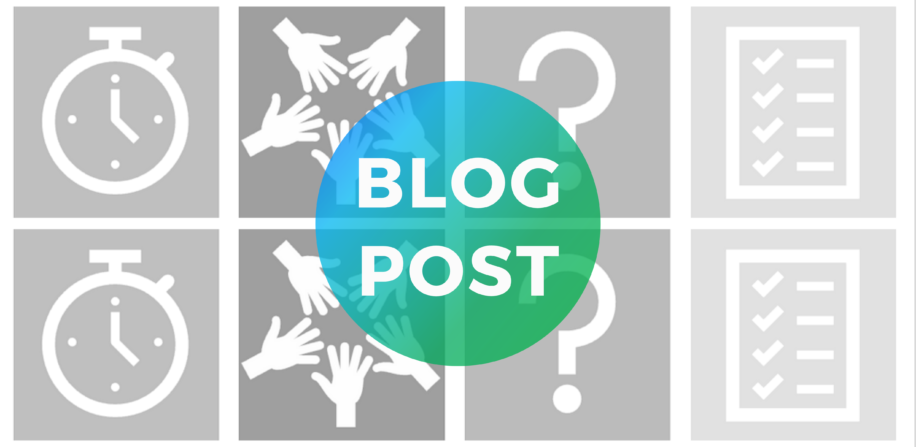Share on linkedin LinkedIn Share on twitter Twitter Share on email Email Download 650 words | 3 min With the publication of the IPCC report[1], it’s not difficult to conclude that our current political leadership is not going to take us where we need to go, and we can’t wait anymore. The scientists are telling … Continue reading How could OST address climate change?









